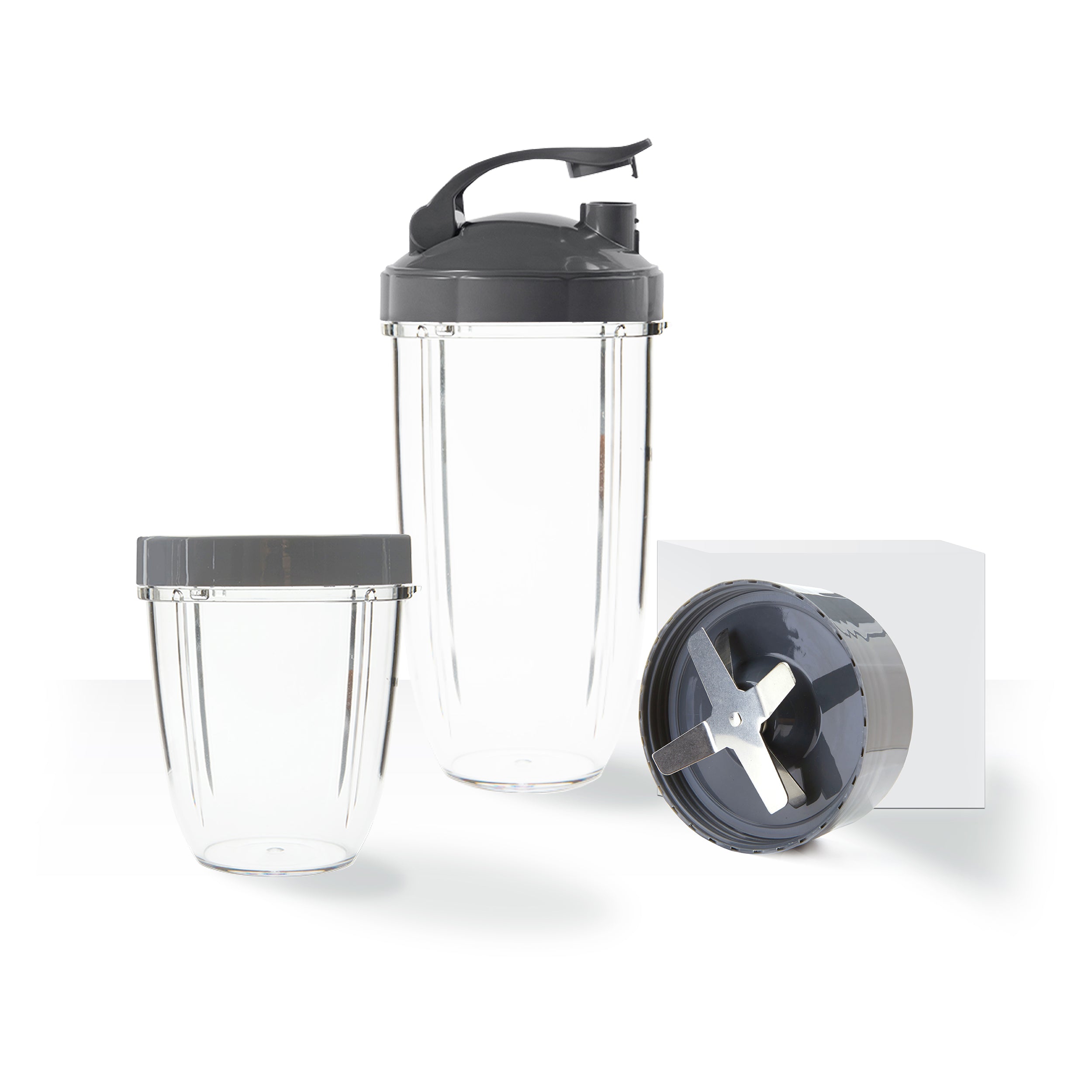Omega-3 fatty acids are arguably the most researched compounds in nutrition science. Their health benefits are well established in the world of medicine and nutrition and, yet, they remain misunderstood among the masses. We’re here to help! With a little insight and explanation into the world of fatty acids, you’ll be better equipped with the knowledge you need to keep those healthy eating goals all year long!
Omega-3 fatty acids are essential fatty acids, meaning they can not be made in our bodies, making it essential we get them through our diets. There are three types of omega-3s: eicosapentaenoic acid (EPA), docosahexaenoic acid (DHA,) and alpha-linolenic acid (ALA.)
EPA plays a major role in heart health and helps reduce inflammation in our bodies, a major cause of chronic disease and illness. DHA plays a major role in cell integrity, brain function, brain cell development, and can even help improve vision and skin health. ALA is converted into EPA and DHA for use.
Sources
Fatty fish such as salmon, herring, sardines, bluefin and albacore tuna, bluefish, black cod, rainbow trout, mackerel, and anchovies are good sources of omega-3 fatty acids. Grass-fed meats and dairy products also contain omega-3 fatty acids, though to a lesser degree. The ALA omega-3 can specifically be found in chia seeds, flax seeds, flaxseed oil, seaweed, soybeans, and walnuts. Vegetarians, vegans and those with a fish allergy can consume these seeds or use supplements, and some processed or packaged foods are available in varieties fortified with omega-3 fatty acids (for example orange juice, chocolate milk, peanut butter, eggs, and yogurt.)
Health Effects
High levels of omega-3 fatty acids in the blood are associated with lower levels of cardiovascular disease, including lower blood pressure, lower triglycerides, and lower incidence of a heart attack. Some studies also point to improvements in symptoms of depression, dementia and Alzheimer’s disease. Omega-3’s have been studied so thoroughly that they have also been linked to improvements in eczema, adult dry eye, and improvements in symptoms associated with sickle cell disease.
Supplements
Individual needs vary depending on age, health status, diet and activity level. The American Heart Association recommends eating fish 2 times per week. The World Health Organizations recommends consuming 300mg-500mg of EPA and DHA and 800 of ALA from either natural food sources or a supplement.
Interested in the benefits you might be missing out on? Talk to a physician or Registered Dietitian about your personal omega-3 needs. With a more in depth look at your diet and lifestyle, a recommendation can be made that may not only help lower your risk of developing chronic disease, but help you live a healthier life.
Nutritional information
Recipe: Creamy Green Strawberry Dream Serving in this recipe:1
- Calories: 236.6
- Total Fat: 3.6 g 5.5%
- Saturated Fat: 0.4 g 1.9%
- Cholesterol: 0 mg 0%
- Sodium: 358.7 mg 14.9%
- Total Carbs: 45.7 g 15.2%
- Dietary Fiber: 9.9 g 39.4%
- Sugar: 22.1 g
- Protein: 8.1 g 16.2%
- Vitamin A: 481.9% Vitamin C: 244.1%
- Calcium: 68.5% Iron: 26.1%
* Percent Daily Values are based on a 2,000 calorie diet. Your daily values may be higher or lower depending on your calorie needs.



























